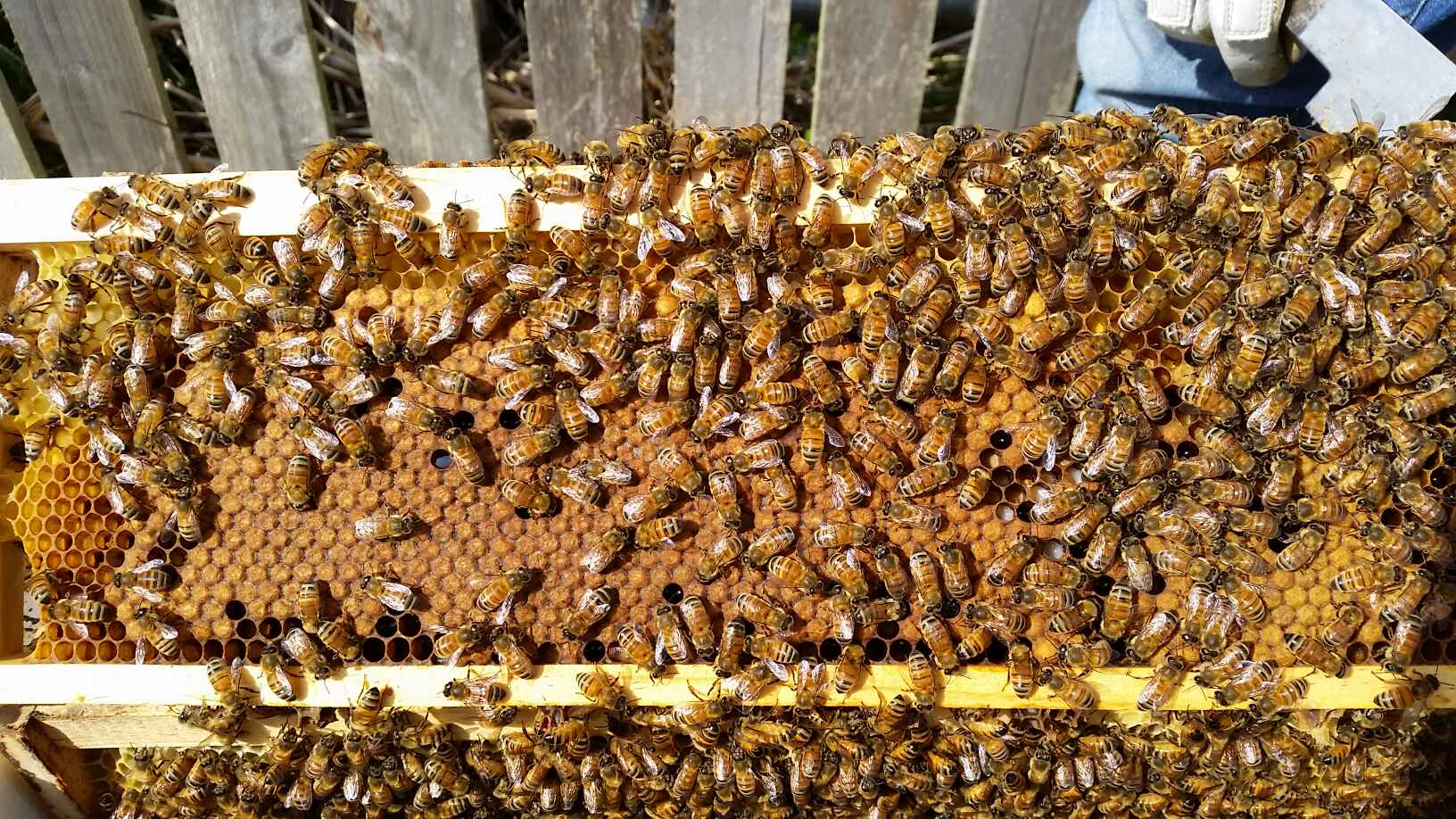Horizontal or Vertical Hives?
/It is fairly well known that bees will build natural nests either vertically as in a tree hive or horizontally along tree branches or structures. So it is not surprising that long hives of various descriptions are becoming more popular across the world.
I have had top-bar hives (Kenyan and long deeps) and found them difficult in a cool climate. All together I have found them much more difficult to maintain than warre hives and even the difficult Langstroth hives. There are two reasons that explain this problem.
Firstly, bees across the world are more likely to build horizontally in warmer climates and vertically in cool and cold climates. In warm areas, top bars hives do very well as do the traditional clay pipe hives and various other long designs made of straw and other material. Top Bar hives are common throughout Africa and the warmer parts of Australia, USA and Europe and the tropics.
In cooler climates, the bees naturally prefer, tree hives, warre hives and many other tall hives especially when they use tall frames.
Bees naturally want to nest vertically when the climate is cooler as they need much more energy to keep the nest warm and often need to cluster to preserve themselves. This is more difficult in cold environments.
The second reason closely related to the first is the level of insulation in a hive. The further away from the equator requires increased insulation to assist the bees during winter. Different timbers vary in their insulating capacity but the thickness also assists.
Bees in tree hives often have 30-100mm of timber surrounding their nest providing an excellent space to live for many years. The Warre hives in Tasmania are a minimum of 25mm to provide good insulation. But more essential is understanding that very thick insulation is needed if a horizontal nest is to survive in a cold climate.
So if you are considering a hive choice in a cool or cold climate, a well insulated vertical hive is a good choice. But if you are keen to go against this trend, then you will need to consider maximum insulation if you care for bee health and survival.
Happy Beeking!

